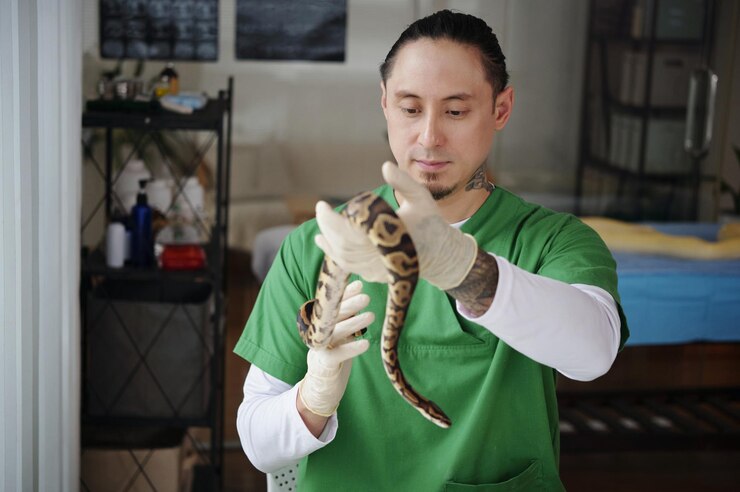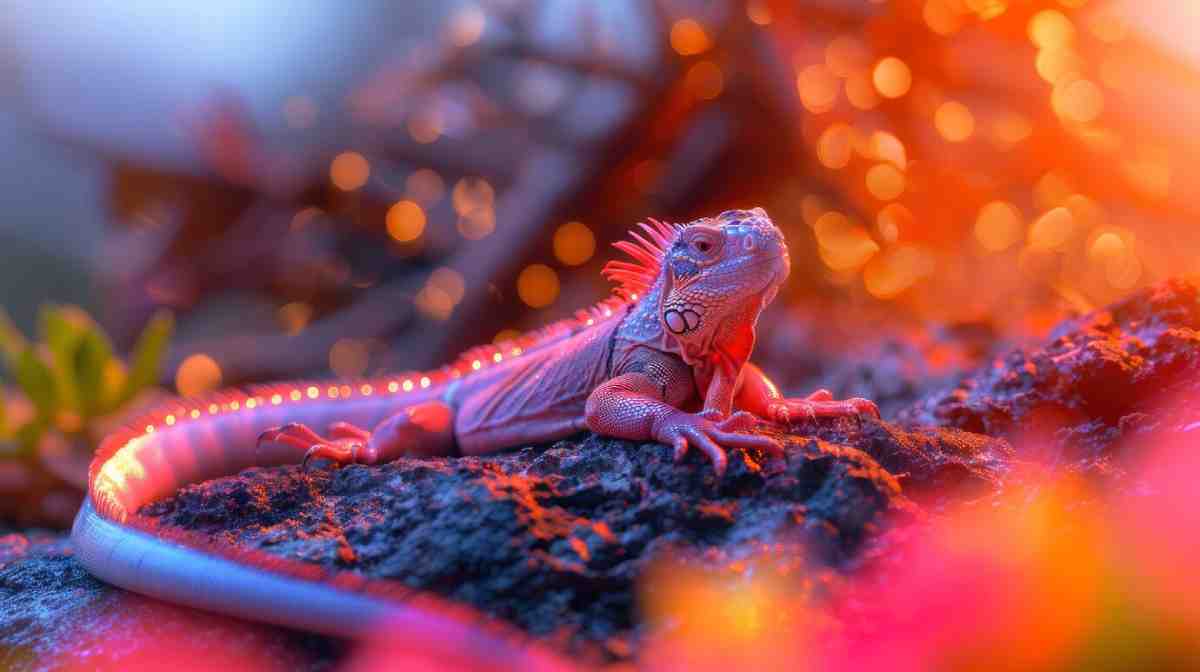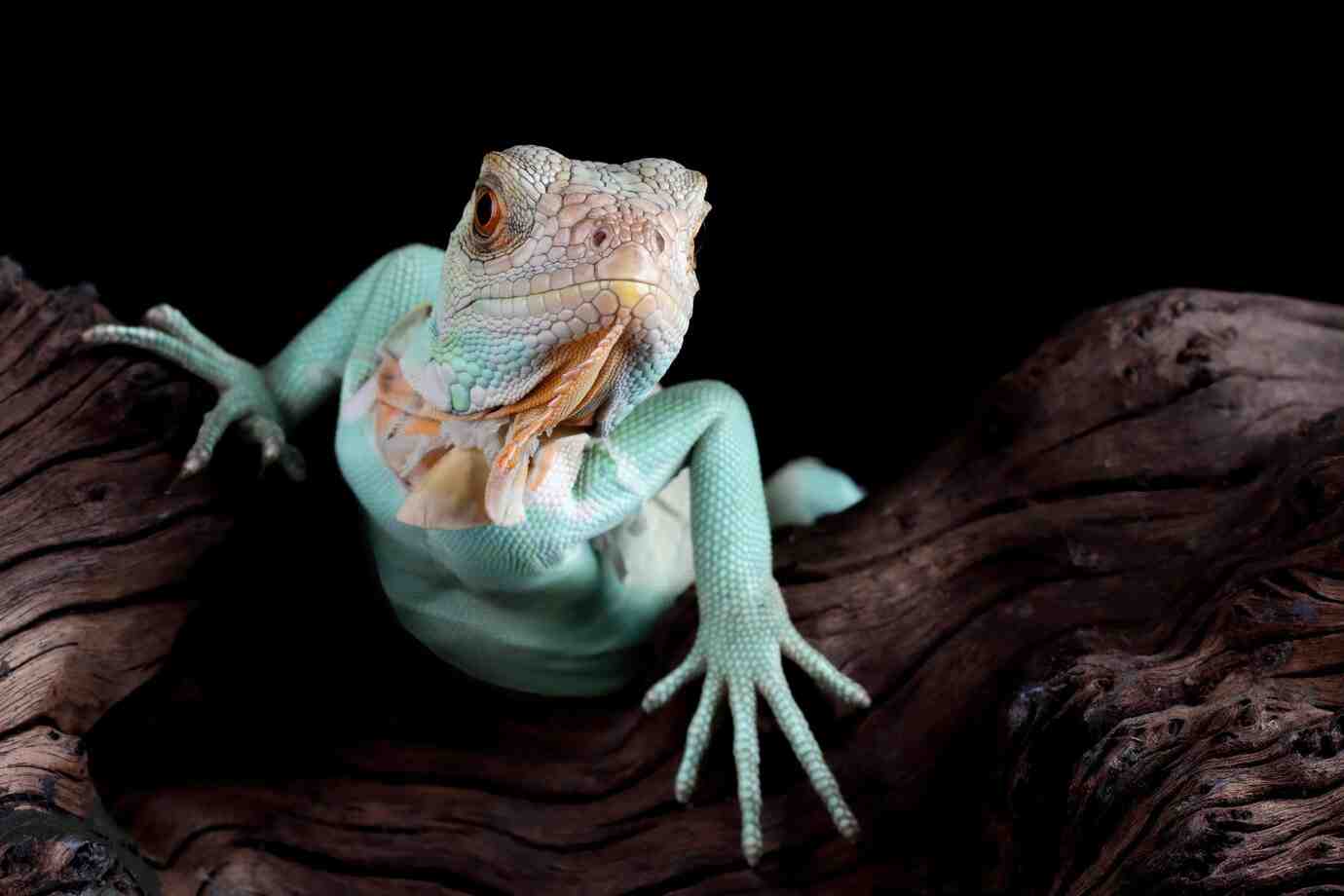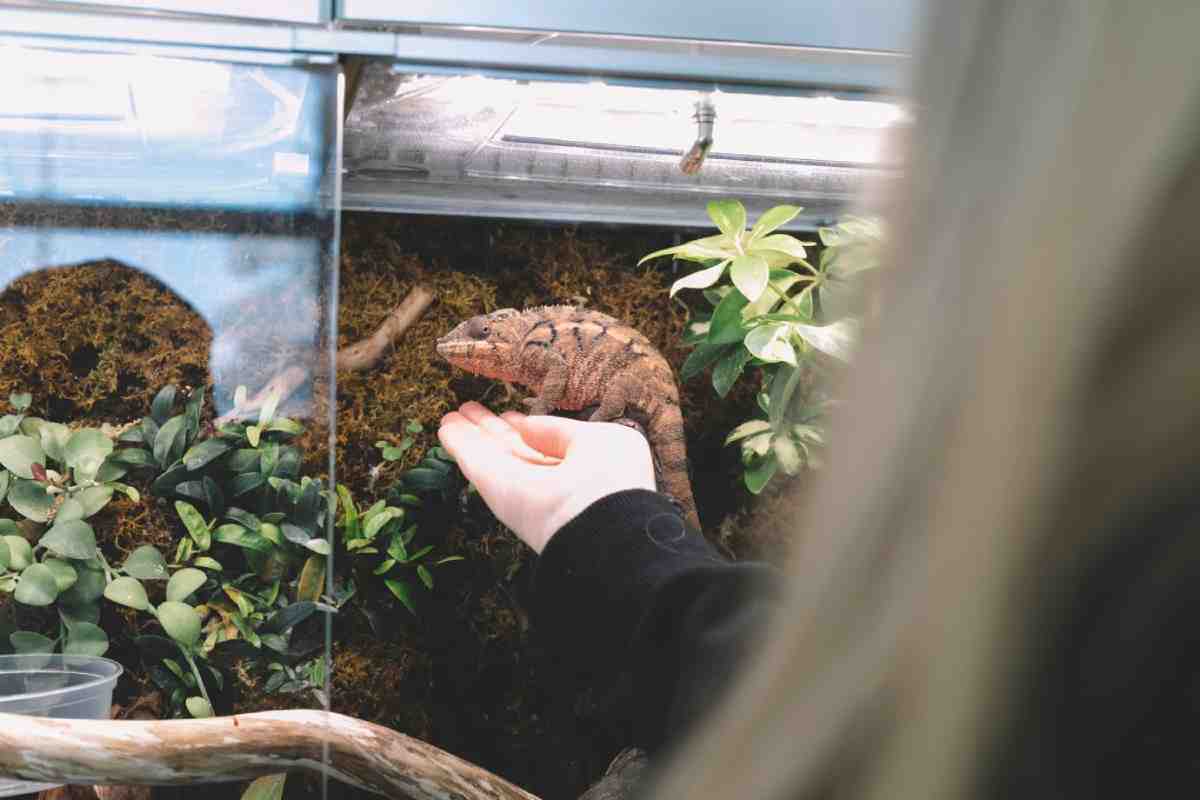
When to Take Your Reptile to the Vet
Reptiles may seem low maintenance, but they need the same level of care and attention as any other pet. Many reptile illnesses worsen over time — and by the time visible symptoms appear, it may be too late for easy treatment.
Early action often leads to:
- Faster recovery
- Lower treatment costs
- Better quality of life
- Fewer long-term complications
Catching issues early is one of the most important things you can do as a reptile owner.
Routine Vet Care vs Emergency Vet Care

Not every issue is an emergency — but every reptile should still see a vet occasionally for routine checkups.
Routine Vet Care Includes:
- Annual wellness exams
- Weight and body condition checks
- Parasite screenings (faecal tests)
- Enclosure and diet advice
- Blood work for older reptiles
Emergency Vet Care Is Needed When:
- You see sudden or severe symptoms
- Your reptile hasn’t eaten in weeks
- There’s visible injury or trauma
- You suspect poisoning, burns, or broken bones
Let’s look closer at what to watch for.
Reptile Emergency Signs You Should Never Ignore
1. Open-Mouth Breathing or Wheezing
If your reptile is breathing with its mouth open, wheezing, or making clicking noises, this could signal a serious respiratory infection.
Act Fast: Respiratory issues need immediate care. They can worsen quickly and become life-threatening.
2. Lethargy or Weakness
If your normally active reptile suddenly stops moving, won’t lift its head, or can’t grip branches or surfaces, something is wrong.
- Could indicate infection, organ failure, or metabolic bone disease
- Especially urgent in baby or senior reptiles
3. Not Eating for 10+ Days
While some reptiles skip meals during shed cycles or seasonal changes, long-term refusal to eat should never be ignored.
Warning Sign: If your pet hasn’t eaten in over 10 days and isn’t shedding, consult a vet.
4. Swelling, Lumps, or Bloating
Visible swelling could mean:
- Abscess
- Tumour
- Organ issue
- Infection or fluid buildup
Any unexplained lump or bulge deserves professional attention.
5. Discharge from Eyes, Nose, or Mouth
Mucus, pus, or crusty discharge is often linked to infections or injury.
- May indicate mouth rot, respiratory infection, or abscess
- Left untreated, infections spread quickly
6. Severe Weight Loss
If your reptile looks thin, with sunken fat pads, prominent bones, or a shrinking tail, it may be suffering from:
- Parasites
- Malnutrition
- Underlying disease
Tip: Track your reptile’s weight monthly to spot subtle losses early.
7. Injury, Burns, or Bleeding
Even minor injuries can become serious in reptiles due to slow healing and infection risk.
Examples include:
- Burned skin from touching a heat bulb
- Lost nails or torn toes
- Tail injuries or tail drops
- Cuts from sharp enclosure items
8. Abnormal Droppings
Runny, bloody, or unusually smelly faeces may indicate:
- Internal parasites
- Organ issues
- Digestive problems
Note: Long periods without defecation (especially if paired with no appetite) can also be a sign of impaction or serious illness.
9. Retained Shed on Eyes, Toes, or Tail
Stuck shed may not seem serious — but it can lead to circulation loss and infection, especially around the eyes or toes.
Vet Needed: If shedding doesn’t resolve with soaking, it’s time to get help.
Find a Reptile Vet Near You
Not all vets are trained to treat reptiles. It’s important to find an exotic pet veterinarian with experience handling your specific species.
What to Look For:
- Listed as an exotic or reptile specialist
- Recommended by local herpetology groups
- Positive reviews from other reptile keepers
- Willing to explain diagnosis and treatment options
- Offers emergency care or referrals
Pro tip: Search early — don’t wait until your pet is in crisis to look for help.
Preparing for a Vet Visit
Visiting the vet with a reptile is a little different from taking a cat or dog.
Bring With You:
- The reptile in a secure, ventilated container
- Recent photos of the enclosure
- Notes on symptoms, feeding, and shedding
- A fresh stool sample (if possible)
- Any supplements or medications you use
- Your care log (weight, feeding dates, behaviour)
This info helps the vet make an accurate and fast diagnosis.
What If You Can’t Afford Emergency Care?
Reptile emergencies can be expensive — but there are still options.
Try:
- Asking about payment plans or CareCredit
- Contacting local rescues for advice
- Checking with reptile forums for low-cost vet leads
- Setting up a pet emergency savings fund in advance
Remember: Reptile ownership includes financial planning. Emergency care is part of the responsibility.
Prevent Vet Emergencies
The best vet visit is the one you never need — and prevention is key.
Keep Your Reptile Healthy By:
- Maintaining correct temperatures and humidity
- Providing UVB and a balanced diet
- Avoiding unsafe décor
- Cleaning the enclosure regularly
- Monitoring weight, behaviour, and feeding
- Doing yearly checkups and faecal exams
Most reptile problems come from poor husbandry. Get the basics right, and you reduce risk dramatically.
Better Safe Than Sorry

You don’t need to rush to the vet over every skipped meal — but you should know when something needs professional care. Watching for reptile emergency signs, building a relationship with an exotic pet veterinarian, and planning ahead for emergencies all lead to better outcomes and peace of mind.
Responsible reptile ownership isn’t just about feeding and cleaning. It’s about knowing when to get help — and doing it without delay.
Further Reading: Recognising Early Signs of Illness in Reptiles


